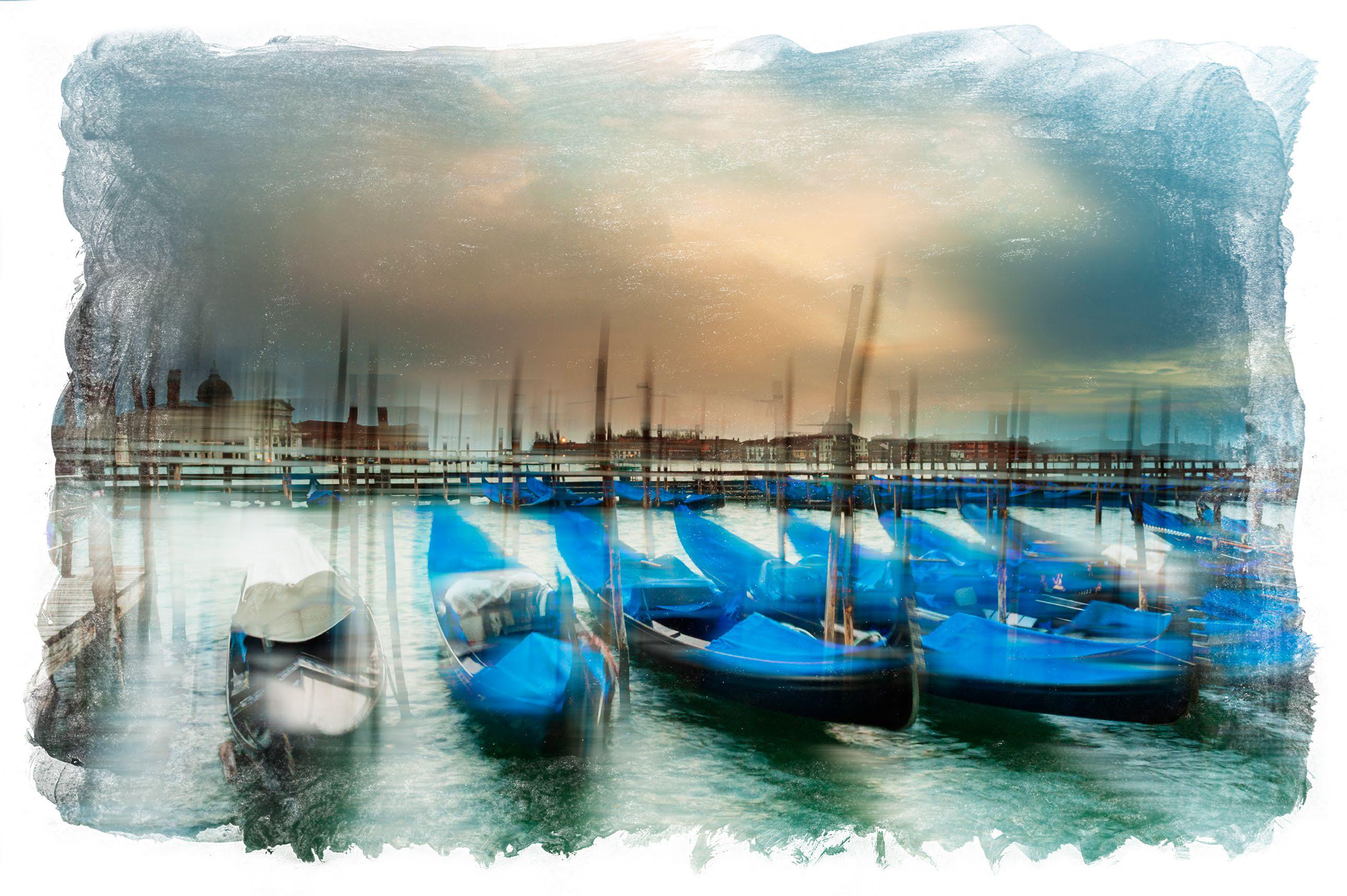
There are several ways to turn a photo into an image that looks like an Impressionist painting. These extend from creative shooting techniques that use intentional camera movement to more obvious digital manipulation when processing the picture. We’re focusing on the latter here, with a technique that’s not only quick and easy to apply, but also one that doesn’t use any stock paint effects from Photoshop’s Filter Gallery. This method can also be changed in all kinds of subtle ways to get a huge variety of different looks.
This project involves starting with a single base image, but you then blend that image with multiple copies of itself, each of which is shifted and blurred to break up the continuity of the edges, until you achieve the painterly effect we’re after.
To round off the image, we’re adding a hand-painted border, and we have 20 of these for you to choose from in this issue’s download (see link on left). Just look in the Gifts folder.
ABOUT YOUR BRUSHED BORDER FILES The brushed borders in this issue’s download (see link on opposite page, bottom-left) are all scans of hand-painted effects sized to A4, but they can be easily enlarged or reduced using Free Transform to work with any picture size. They are simple to apply to any image – so if you want to add a border to a regular shot without any of the Impressionist steps, simply go straight to Steps 3 and 4.
هذه القصة مأخوذة من طبعة August 2022 من PhotoPlus : The Canon Magazine.
ابدأ النسخة التجريبية المجانية من Magzter GOLD لمدة 7 أيام للوصول إلى آلاف القصص المتميزة المنسقة وأكثر من 9,000 مجلة وصحيفة.
بالفعل مشترك ? تسجيل الدخول
هذه القصة مأخوذة من طبعة August 2022 من PhotoPlus : The Canon Magazine.
ابدأ النسخة التجريبية المجانية من Magzter GOLD لمدة 7 أيام للوصول إلى آلاف القصص المتميزة المنسقة وأكثر من 9,000 مجلة وصحيفة.
بالفعل مشترك? تسجيل الدخول
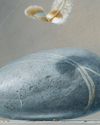
The Art of Copying Art - James Paterson shows you how to use your Canon gear to capture artwork and paintings the right way with simple camera and lighting skills
Whether you want to capture a painting like the above, digitise old prints or reproduce any kind of canvas, there's real skill in capturing artwork with your camera. Not only do you need the colours to be accurate, you also need to master the spread, angle and quality of the light to minimise glare and show the work at its best.This painting by the artist Bryan Hanlon has a wonderfully subtle colour palette. To reproduce the painting in print and digital form, it needs to be captured in the right way.

Fright night
Canon photographer and digital artist Alexander loves to craft incredible fantasy scenes with a spooky horror twist

Sharpen your shots with DPP
Sharpening a digital image also increases contrast at the edge of details

CANON ImagePrograf PRO-1100
Deeper blacks, better bronzing, greater lifespan and 5G Wi-Fi -Canon's new printer is full of new tech, says
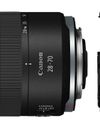
Canon's new 'kit lens' is actually a half-price f/2.8 trinity lens!
The Canon RF 28-70mm F2.8 IS STM lacks a red ring, but borrows premium features from its L-series siblings

DREW GIBSON
Pro motorsports photographer Drew on why he hasn't (yet) switched to Canon's mirrorless system, why old-school techniques can be the most reliable, and the lessons learned from more than a decade shooting the world's biggest car brands

Up in smoke
Make a smoky shape in Affinity Photo and get to grips with the amazing Liquify Persona under the guidance of James Paterson

Expand your creativity with Generative Fill
Photoshop's Al-powered feature brings revolutionary new tools to image editing. James Paterson reveals all...
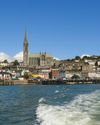
Turn your images into vintage postcards
Wish you were here? Sean McCormack explains how you can give your summer photographs a vintage postcard look
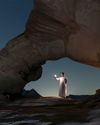
The Angel Malibu
Light painting an American movie producer in the Wadi Rum Desert in Jordan was a highly unlikely evening out for David!